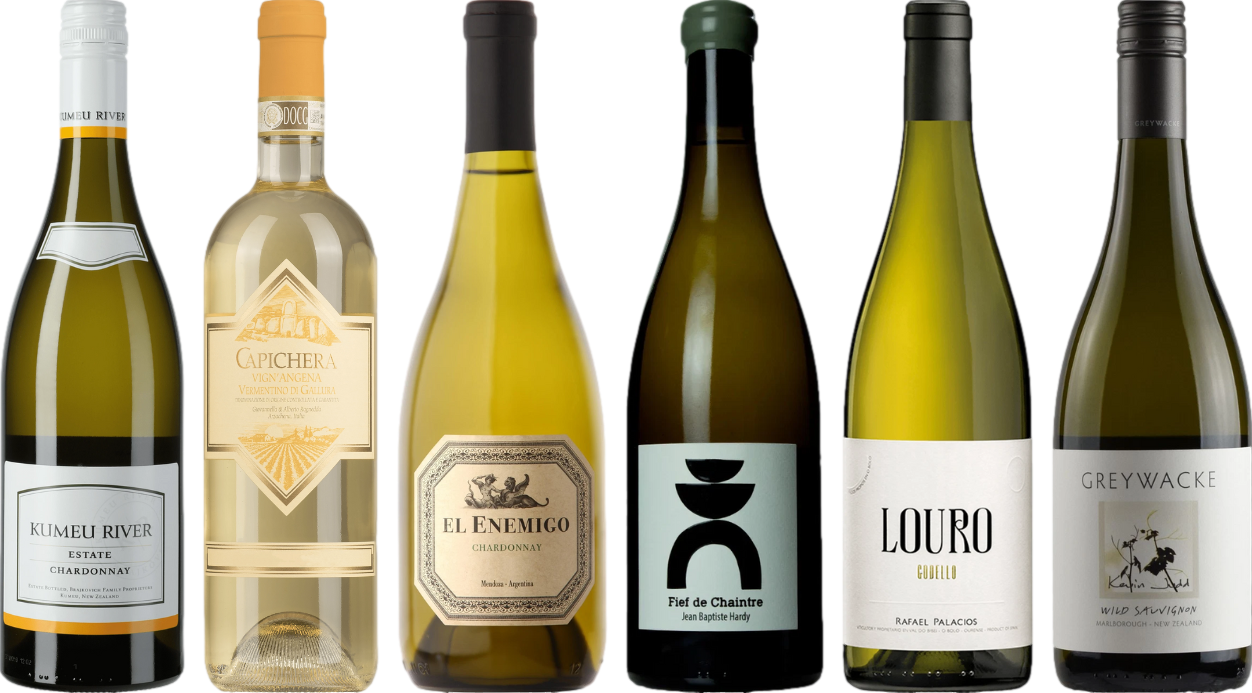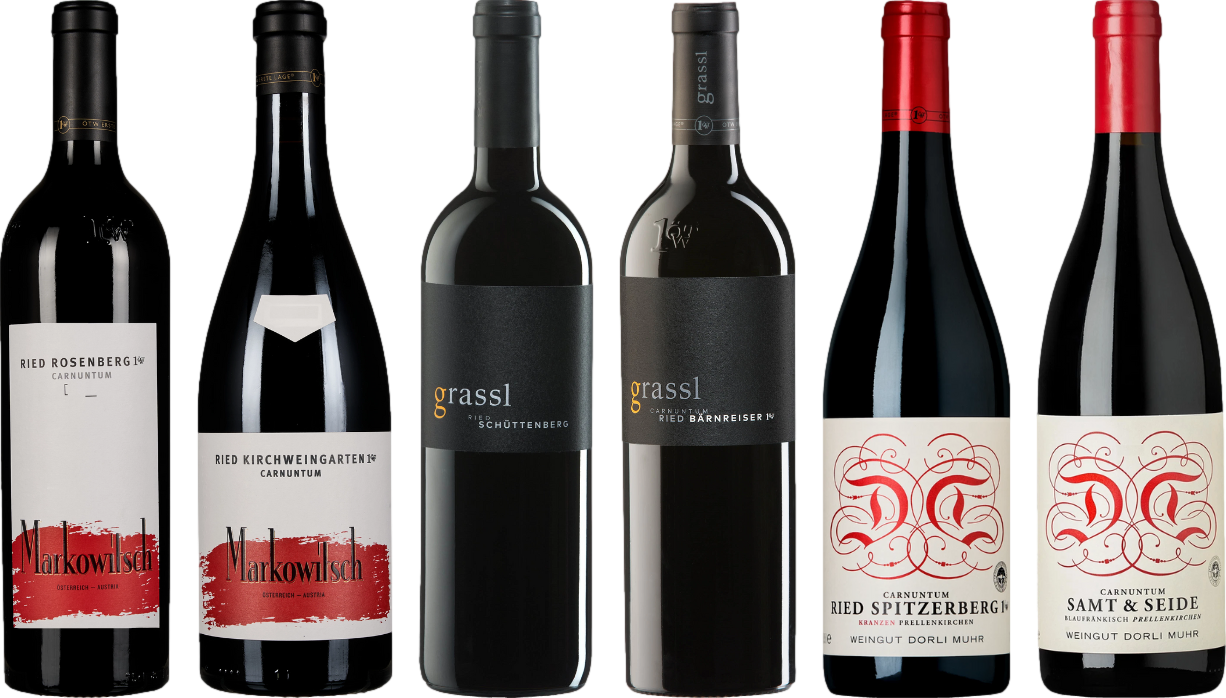



If you’re looking for a delightful introduction to the world of fermented grapes, I highly recommend exploring Riesling. This variety offers a range of flavor profiles, often bursting with notes of peach, apricot, and citrus. Opt for a German Riesling labeled as “Kabinett” for a balanced sweetness that is both refreshing and approachable.
Another excellent option is Moscato, particularly from Italy. Known for its light body and effervescence, Moscato presents flavors of orange blossom and tropical fruits. It’s a crowd-pleaser and pairs beautifully with desserts or spicy dishes, making it a versatile choice.
For those who prefer red, consider a young Beaujolais, crafted from Gamay grapes. This wine is light, fruity, and showcases flavors of strawberries and cherries. Serve it slightly chilled for a refreshing experience that’s perfect for any casual gathering.
Lastly, look into white Zinfandel. This blush wine has a sweet profile with notes of watermelon and strawberry, making it an easy-drinking option for newcomers. It’s widely available and often serves as a great gateway to more complex styles.
Top Fruity Wine Varieties for Newbies
Start with a Moscato. Its sweetness and refreshing notes make it an ideal choice. Expect flavors of peach, orange blossom, and honey. This bubbly delight is perfect for those new to exploring different beverages.
Next, consider Riesling. This varietal ranges from dry to sweet, but the sweeter versions, especially from Germany, offer a delightful experience. Look for aromas of apricot, green apple, and a hint of petrol, which adds complexity.
Pinot Grigio is another excellent option. Known for its crispness, it presents flavors of pear, apple, and citrus. This refreshing white is versatile and pairs wonderfully with light dishes.
For red, try a Beaujolais Nouveau. Made from Gamay grapes, it features soft tannins and flavors of strawberry, raspberry, and cherry. This wine is light and meant to be enjoyed young.
Another fantastic choice is Zinfandel. Particularly those from California, which are often jammy with notes of blackberry, plum, and spice. This red is bold yet approachable.
Lastly, consider Rosé. Whether from Provence or other regions, these wines typically showcase flavors of strawberry, watermelon, and citrus. They are perfect for warm weather and casual gatherings.
- Moscato: Sweet, fruity, and bubbly.
- Riesling: Sweet to semi-sweet, with floral and fruity notes.
- Pinot Grigio: Crisp and refreshing with apple and pear flavors.
- Beaujolais Nouveau: Light, fruity red with soft tannins.
- Zinfandel: Bold red with jammy fruit flavors.
- Rosé: Versatile, fruity, and perfect for enjoyable moments.
Identifying Sweetness Levels in Wines
To determine sweetness in beverages, focus on residual sugar content, usually measured in grams per liter. Dry options typically contain less than 4 g/L, while off-dry selections range from 4 to 12 g/L. Semi-sweet varieties fall between 12 and 45 g/L, and sweet ones surpass 45 g/L. Understanding these categories aids in making informed choices.
Tasting notes often reveal sweetness. Fruits such as ripe peaches, apricots, and honey can indicate higher sugar levels. In contrast, tart fruits like green apples and cranberries suggest dryness. Pay attention to the balance of acidity and sweetness; higher acidity can make a wine taste less sweet despite its sugar content.
When sampling, start with lighter options such as Riesling or Moscato. These tend to showcase sweeter profiles, making them appealing to those new to tasting. Compare these with dry counterparts, like Sauvignon Blanc, to grasp the difference in sweetness perception.
Label information can also provide insights. Terms like “late harvest” or “dessert” usually indicate higher sweetness. Conversely, descriptors such as “brut” or “extra dry” suggest lower sugar levels. Familiarize yourself with these terms for better selection.
Experimentation is key. Trying diverse styles helps refine your palate and better identify preferred sweetness levels. Keep notes on what resonates with you, which will guide future choices and enhance enjoyment.
Best Regions for Fruity Wine Production
California’s Napa Valley stands out for its diverse climate, producing approachable options like Zinfandel and Merlot, known for their berry flavors. The warm days and cool nights create ideal conditions for ripening grapes, resulting in wines that appeal to those new to this experience.
France’s Loire Valley offers a range of fruity choices, particularly from Vouvray and Sancerre, where Chenin Blanc and Sauvignon Blanc thrive. These regions benefit from a temperate climate, yielding refreshing whites with notes of apple, pear, and citrus.
Italian Influence
Italy’s Veneto region is renowned for Prosecco, a sparkling delight with fruity notes of green apple and honeysuckle. The unique terroir and method of production contribute to its crispness, making it a favorite for those exploring effervescent options.
Austria and Germany
Austrian and German vineyards, particularly in regions like Wachau and Mosel, excel in producing Riesling. The cool climate allows for the development of vibrant acidity alongside flavors of peach and apricot, perfect for those seeking sweetness balanced with freshness.
Pairing Fruity Wines with Food
For a delightful gastronomic experience, consider pairing fruity selections with specific dishes that enhance their unique characteristics. Light-bodied, aromatic options like Riesling or Moscato complement spicy Asian cuisines, balancing heat with their natural sweetness.
Classic Pairings
Chardonnay, especially unoaked, harmonizes beautifully with seafood. The wine’s crisp acidity cuts through rich flavors, making it ideal alongside grilled fish or creamy pasta. Similarly, a medium-bodied Pinot Noir pairs well with roasted chicken or duck, where its red fruit notes elevate the dish.
Cheese and Dessert Matches
Soft cheeses, such as Brie or Camembert, pair excellently with fruity varieties like Gewürztraminer. The floral and tropical notes in the wine enhance the creaminess of the cheese. For dessert, a late-harvest Sauvignon Blanc or a sweet Lambrusco offers a delightful contrast to chocolate or berry-based treats.
| Wine Type | Food Pairing |
|---|---|
| Moscato | Spicy Asian Dishes |
| Chardonnay | Grilled Fish |
| Pinot Noir | Roasted Chicken |
| Gewürztraminer | Soft Cheeses |
| Late-Harvest Sauvignon Blanc | Chocolate Desserts |
Experiment with these combinations to discover your personal favorites. A well-chosen pairing can elevate both food and drink, creating a memorable dining experience that celebrates the flavors of both.
Understanding Flavor Profiles of Popular Grapes
Chardonnay often showcases notes of apple, pear, and citrus, making it approachable for many palates. When using oak barrels, expect hints of vanilla and butter, adding complexity to its profile.
Sauvignon Blanc brings forth vibrant acidity with flavors of green apple, lime, and passionfruit. Its herbaceous character, especially from regions like New Zealand, can add a refreshing twist.
Riesling is known for its aromatic qualities, typically offering peach, apricot, and floral notes. Its sweetness can vary widely, making it versatile for various tastes.
Pinot Noir, a red variety, presents bright red fruit flavors like cherry and raspberry, balanced with earthy undertones. Its lighter body makes it easy to enjoy, especially when served slightly chilled.
Merlot often features plum, black cherry, and chocolate notes, with a smooth texture that appeals to many new enthusiasts. Its softer tannins allow for a pleasant drinking experience.
Zinfandel tends to be bold, showcasing jammy fruit flavors such as blackberry and raspberry, combined with spicy undertones. This variety is particularly popular for those seeking a more robust profile.
Malbec is characterized by dark fruit flavors, including blackberry and black cherry, along with cocoa and leather nuances. Its full-bodied nature makes it a favorite for those who enjoy richer reds.
Each grape variety offers a distinct profile that can cater to different preferences, making it easier to explore and find a personal favorite. Understanding these characteristics will enhance your tasting experience.
How to Taste Wine Like a Pro
Begin by observing the appearance. Hold your glass against a white background to assess clarity and color. Swirl gently to observe the legs; they indicate viscosity and potential alcohol content. A thicker leg often suggests a richer flavor profile.
Next, inhale deeply. Capture the aromas; they reveal much about the characteristics of the drink. Identify primary scents, such as fruits, flowers, or spices. Use descriptors like citrus, berry, or oak to articulate your impressions.
Steps to Follow
- Take a small sip and let it coat your palate.
- Pay attention to the initial taste; identify sweetness, acidity, and tannin levels.
- Note the mouthfeel–consider whether it feels light, medium, or full-bodied.
- As you swallow, focus on the finish. How long do the flavors linger? What notes emerge as it fades?
Practice Regularly
Consistency is key in honing your skills. Join tastings, compare different varieties side by side, and take notes on your experiences. Over time, you’ll develop a refined palate and a deeper appreciation for nuances in different selections.
Engage in discussions with fellow enthusiasts or professionals. Sharing insights can enhance understanding and introduce new perspectives. Remember, tasting is subjective; trust your own preferences while remaining open to new experiences.
Where to Buy Fruity Wines for Newcomers
Start your exploration by visiting local wine shops. These establishments often carry a curated selection of approachable bottles, making it easier to discover flavors that resonate with your palate. Engage with knowledgeable staff who can recommend selections based on your taste preferences.
Online retailers provide an extensive array of options. Websites like Wine.com and Vivino allow you to browse reviews and ratings, helping you make informed choices from the comfort of your home. Look for sections dedicated to sweet or fruit-forward selections.
Wine clubs are another excellent avenue. Subscribing to a club specializing in sweet or fruity varieties can introduce you to new favorites each month. This also offers the opportunity to learn about different regions and grapes as you taste.
Local wineries often host tastings, which can be a fun way to sample before purchasing. Check for events or tours that allow you to experience a variety of offerings in one visit.
Don’t overlook grocery stores. Many larger chains have dedicated wine sections featuring popular and accessible labels. Always check for sales or discounts on seasonal selections.
Lastly, if you’re planning a meal, consider pairing your choice with a recipe. For instance, if you’re interested in cooking turkey, you can find a perfect match by checking out how long does it take to cook turkey drumsticks to enhance your dining experience.










